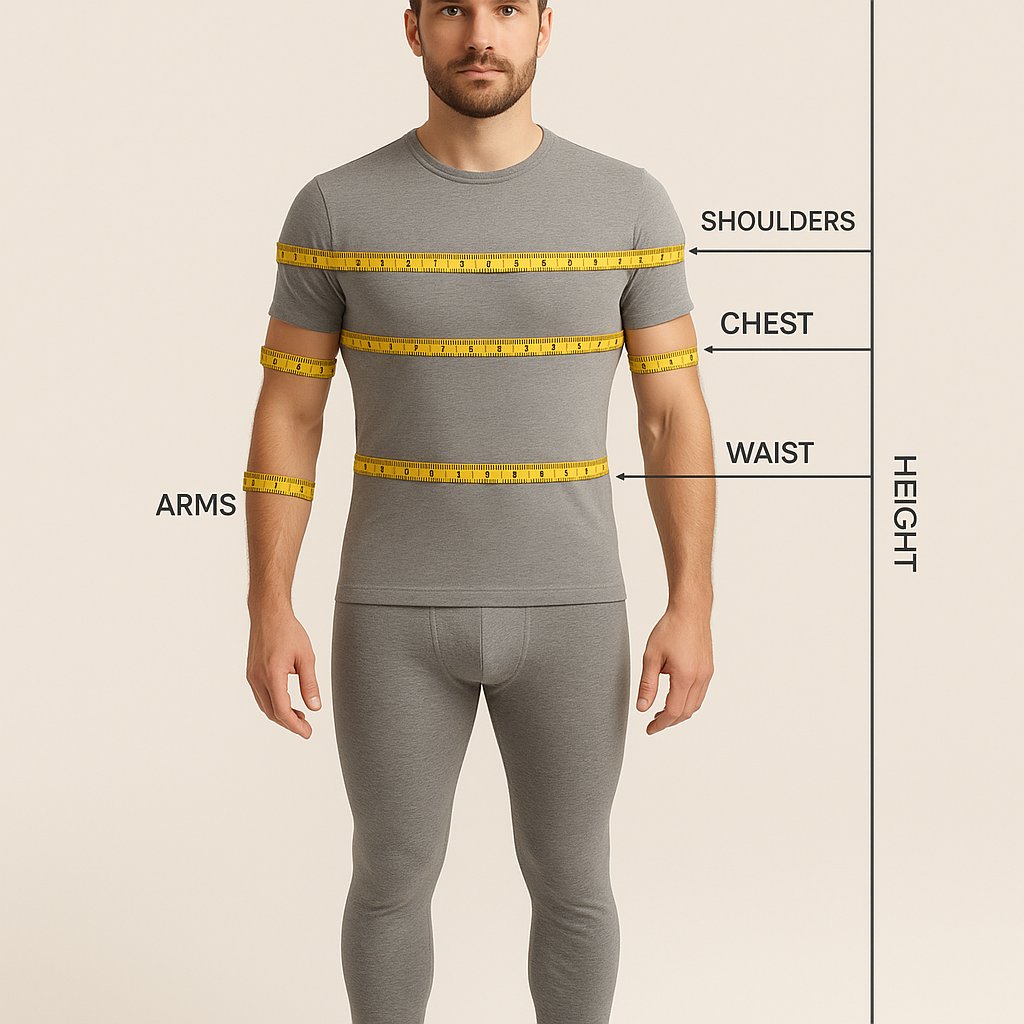The perfect male body measurements according to height follow the “Golden Ratio”—a timeless formula for an ideal, balanced physique. For most men, this means your waist should be about 45% of your height, your shoulders about 1.6 times your waist, and your chest about 1.4 times your waist. These ratios aren’t just for bodybuilders—they’re evidence-based, realistic targets anyone can pursue.
Understanding these proportions is key for anyone wanting an athletic, aesthetic, and naturally impressive body. Whether you’re a fitness enthusiast or just starting out, knowing the ideal measurements helps set clear, science-backed goals. In this guide, you’ll find exact numbers for each height, expert-approved steps to get there, and the latest advice for tracking your progress with confidence.
- Use the Golden Ratio as your guide
- Measure your waist, shoulders, chest, and arms based on your height
- Adjust your fitness and nutrition to hit these realistic targets
- See below for measurement charts, tips, and actionable workout guidance
For official fitness recommendations, check out the American Council on Exercise (ACE) guidelines.

What Are the Perfect Male Body Measurements by Height?
The Science of Ideal Proportions
The “perfect” body has fascinated people for centuries. Today, the “Adonis Index” and “Golden Ratio” dominate both fitness and fashion circles. These standards are built around proportions—not just size—meaning men of all heights can aim for the same classic look.
Key Ideal Ratios:
- Waist: 44–45% of height
- Shoulders: 1.6 × waist
- Chest: 1.4 × waist
- Arms (flexed): 0.5 × waist
- Calves: Equal to arms
These ratios reflect both athleticism and visual balance, and they scale with your height. The Golden Ratio is also supported by studies in human aesthetics and competitive bodybuilding (NCBI, 2021).
Measurement Chart: Ideal Body Measurements by Height
| Height | Waist (44–45%) | Shoulders (1.6× waist) | Chest (1.4× waist) | Arms (0.5× waist) |
|---|---|---|---|---|
| 5’8″ (173 cm) | 76–78 cm | 122–125 cm | 107–109 cm | 38–39 cm |
| 6’0″ (183 cm) | 80–82 cm | 128–131 cm | 112–115 cm | 40–41 cm |
| 6’4″ (193 cm) | 85–87 cm | 136–139 cm | 119–121 cm | 42–43 cm |
To calculate your own targets, simply multiply your height by the listed percentages.
Tip: Use a flexible tape measure, and always measure your waist at the belly button, arms flexed, and shoulders at their widest.
How to Achieve the Perfect Body Measurements
1. Trim Your Waist First
A lean waist is the foundation of the “V-shape.”
- Aim for 10–15% body fat for best aesthetics (ACE, 2024).
- Use a calorie deficit, focus on protein-rich foods, and prioritize whole grains, lean meats, and lots of vegetables.
- Include cardio 2–3 times per week for faster results.
2. Build Broad Shoulders and Chest
- Prioritize compound exercises: Overhead press, lateral raises, incline bench press, and pull-ups all target your upper body.
- Train shoulders twice weekly for optimal growth.
- Use progressive overload: gradually increase weight or reps.
3. Develop Arms and Calves in Proportion
- Biceps/triceps: Use curls, dips, close-grip bench press, and chin-ups.
- Calves: Train with standing and seated calf raises, aiming for symmetry with your arms.
4. Track and Adjust
- Measure regularly (every 2–4 weeks) and update your workout plan based on progress.
- Don’t obsess over genetics—everyone can improve their ratios significantly with smart training and patience.
- If you’re not seeing progress, tweak your diet or focus on weak points with extra volume.
5. Stay Consistent and Patient
Building a balanced physique is a long-term goal. Genetics play a role in your starting point, but everyone can get closer to the ideal with dedication.
Want to visualize your goals? Try this online Adonis Ratio Calculator.
Real-World Examples and Tips
- Many fitness models and classic bodybuilders (like Steve Reeves and Frank Zane) built their routines around these ratios.
- If you have wide hips or a naturally big waist, focus more on building shoulders and upper back.
- If your arms lag, add an extra arm day or increase reps.
- Record your stats in a notebook or a fitness app to stay motivated.
FAQs: Perfect Male Body Measurements
Q: Are these ratios realistic for everyone?
A: They’re attainable for most men with consistent training and a healthy diet, but your bone structure and genetics may set some natural limits.
Q: Do these ideals change with age?
A: The ratios themselves don’t, but you may need to adapt your approach (especially with recovery and nutrition) as you get older (Men’s Health, 2024).
Q: How fast can I achieve these proportions?
A: Most men can make dramatic changes in 6–12 months with focused effort, but perfection is a journey, not a destination.
Conclusion
You don’t need to be a bodybuilder to achieve the perfect male body measurements for your height. By following the Golden Ratio, measuring progress, and consistently working on your fitness and nutrition, you can unlock a lean, athletic, and balanced physique that stands out. Set your goals, use the measurement chart, and start making progress today!
Ready to transform your body? Start tracking your measurements and follow a proven, structured workout plan. For more tips, tools, and guides, explore the ACE Fitness Resource Center or try our recommended online calculator.
